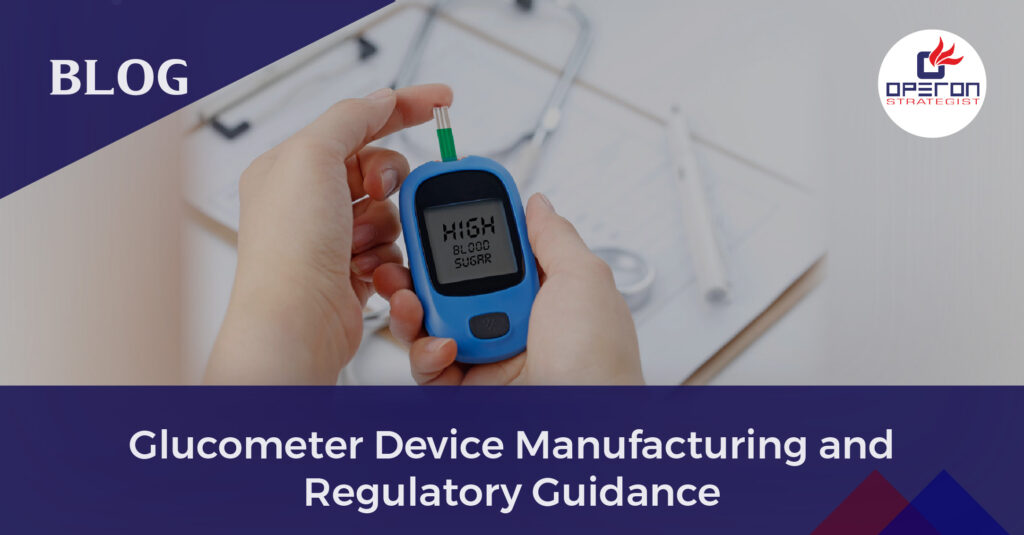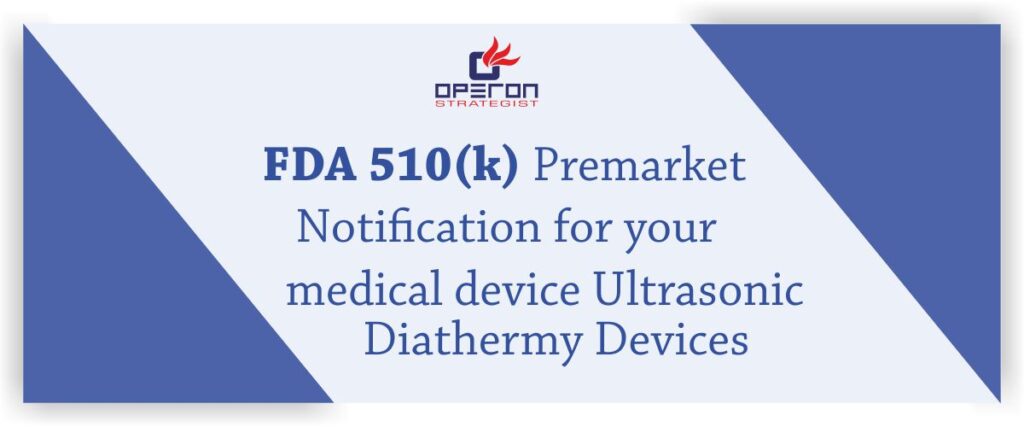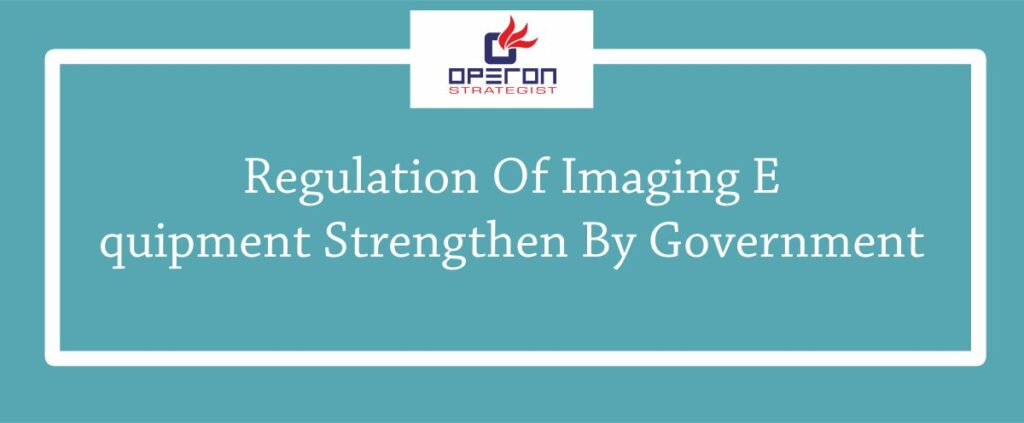What is Glucometer Devices?
A glucometer, also known as a blood glucose meter, is a portable medical device used to measure the concentration of glucose (sugar) in a person’s blood. It is commonly used by individuals with diabetes to monitor their blood glucose levels at home or on the go.
The device analyzes the blood sample and provides a digital display of the glucose level, allowing individuals to make informed decisions about their diet, medication, and lifestyle to manage their diabetes effectively.
The manufacturing process of glucometers involves meticulous attention to detail, precision engineering, and stringent quality control measures to ensure accuracy and reliability.
What is the Market Size of Glucometer Device ?
The market for blood glucose monitoring devices was estimated at USD 12.5 billion in 2022, and from 2023 to 2030, it is expected to expand at a CAGR(compound annual growth rate) of 8.13%.
The market’s expansion is also aided by new product introductions and rising awareness of diabetes prevention. The inability of the pancreas to make insulin causes an increase in blood glucose levels, which is a major and global problem.
How to manufacture Glucometer Medical Device?
Glucometer device manufacturing involves a complex process that requires precision, adherence to quality standards, and compliance with regulatory requirements. While the specific manufacturing steps may vary among different companies, here is a general overview of the process:
Glucometer device manufacturing process
- Research and Development:
Conduct thorough market research to understand user needs, market trends, and competitive landscape.
Collaborate with engineers and designers to develop the initial concept and design of the glucometer.
- Component Acquisition
Source or manufacture the necessary components for the glucometer, including the circuit board, display screen, buttons, battery, glucose sensors, and other electronic components.
- Circuit Board Assembly
Populate the circuit board with the electronic components using automated assembly equipment, ensuring precise placement and soldering.
- Sensor Integration
Integrate the glucose sensors into the design, ensuring proper alignment and connection to the circuit board.
- Assembly and Enclosure
Assemble all the components, including the circuit board, display screen, buttons, battery, and sensors, into a compact and user-friendly enclosure, which provides protection and durability.
- Quality Control
Implement stringent quality control measures to ensure that each glucometer meets the required quality standards. This includes conducting quality inspections, functional tests, and accuracy checks.
- Regulatory Compliance
Ensure that the glucometer meets all relevant regulatory requirements, such as obtaining necessary certifications and approvals from regulatory agencies like the FDA, CDSCO or relevant authorities in other countries.
- Packaging and Labeling
Package the glucometers in protective cases and label them with essential product information, including brand name, model number, usage instructions, and regulatory compliance details.
It is crucial to note that manufacturing a glucometer involves strict adherence to quality management systems, documentation, and compliance with international standards and regulatory guidelines to ensure the production of safe and reliable devices.
Manufacturers should also consider ongoing post-market surveillance, customer support, and continuous improvement efforts to enhance the quality and performance of their glucometer devices.
CDSCO Medical Device Registration for Glucometer
CDSCO is the National regulatory authority of India, responsible for medical devices, IVDs, and Drugs. Licenses for various medical devices must be approved by CDSCO in India. A CDSCO manufacturing license is required to manufacture medical devices like the Glucometer in India. The Medical Devices Rules of 2017 and other standards established by the Bureau of Indian Standards require that all of these devices be registered and fulfill the quality requirements for registration (BIS). As an ISO 13485 certificate consultant, we train manufacturers and implement a Quality management system as per the required standard to obtain the manufacturing license. if the manufacturers are not Indian, IAA (Indian Authorized Agent) needs to be appointed. Once a manufacturer completes the documentation process, they will get the license for manufacture, import, or export of the Glucometer medical device.
Timeline: The registration is valid for 3 years, and if it needs to be renewed, the renewal application needs to be submitted six months before it expires.
The application could be rejected if there is even the slightest error made throughout the registration process. Therefore, it is always better to get professional assistance for CDSCO Medical Device registration for Glucometer.
Operon strategist a team of regulatory consultant professionals assist manufacturers in CDSCO registration, USFDA 510(k) clearance, CE mark certification. Manufacturers of medical devices must follow the relevant regulations if they want to sell their products in another country. We help multinational clients comply with the relevant regulations by offering guidance. Contact us and discuss your requirements with our experts and get the best quote for your project.

MBA Finance, Science graduate, SEO & Technical content writer, possesses keen research and influencing writing skills for more than a year.
-
Anuradha Shahahttps://operonstrategist.com/author/content/
-
Anuradha Shahahttps://operonstrategist.com/author/content/
-
Anuradha Shahahttps://operonstrategist.com/author/content/
-
Anuradha Shahahttps://operonstrategist.com/author/content/




